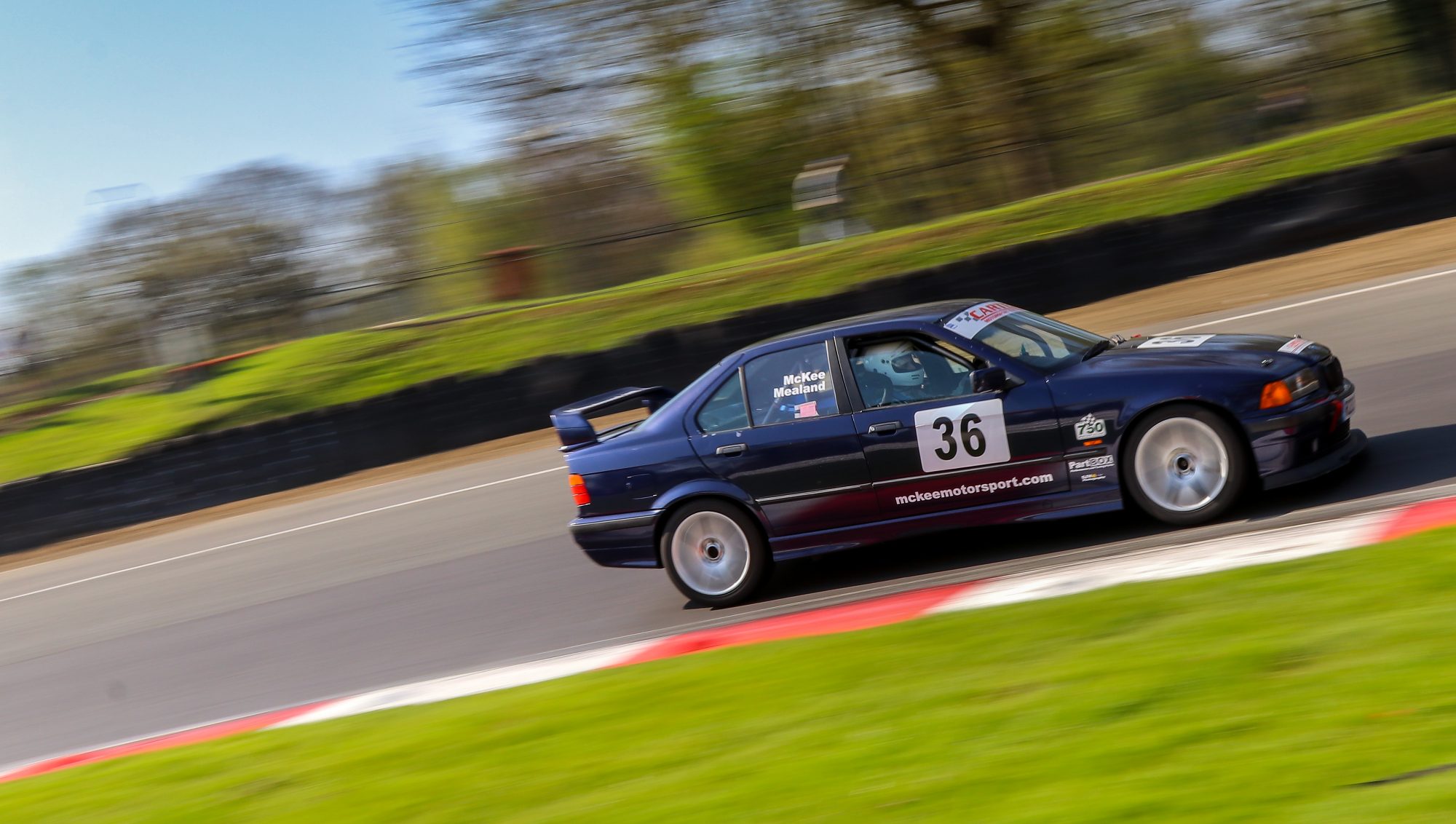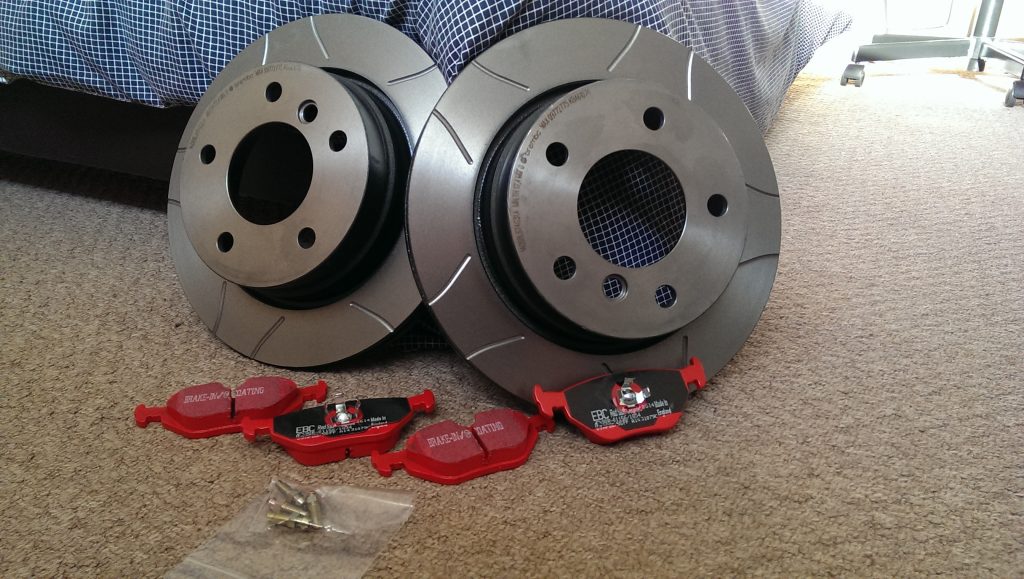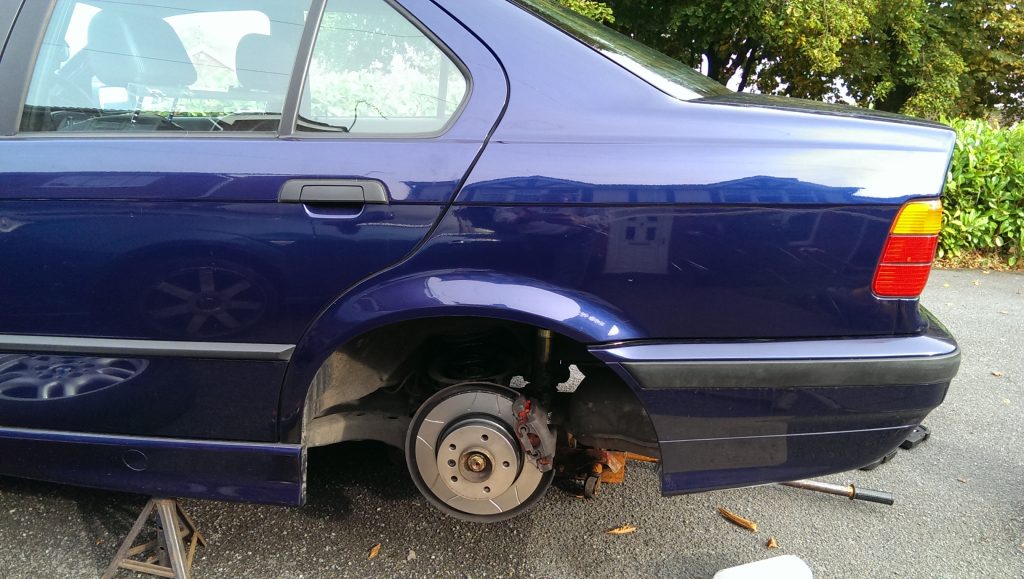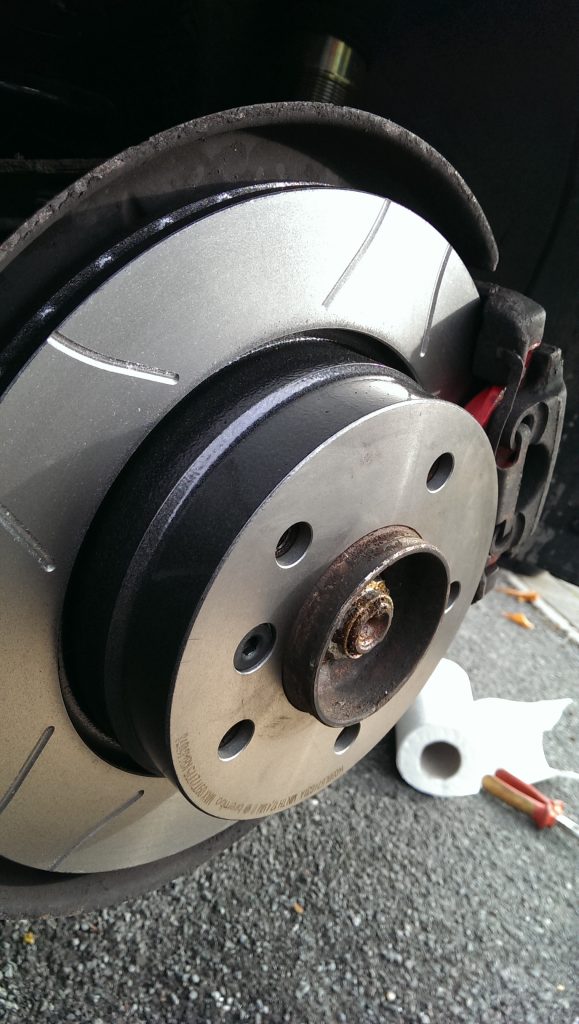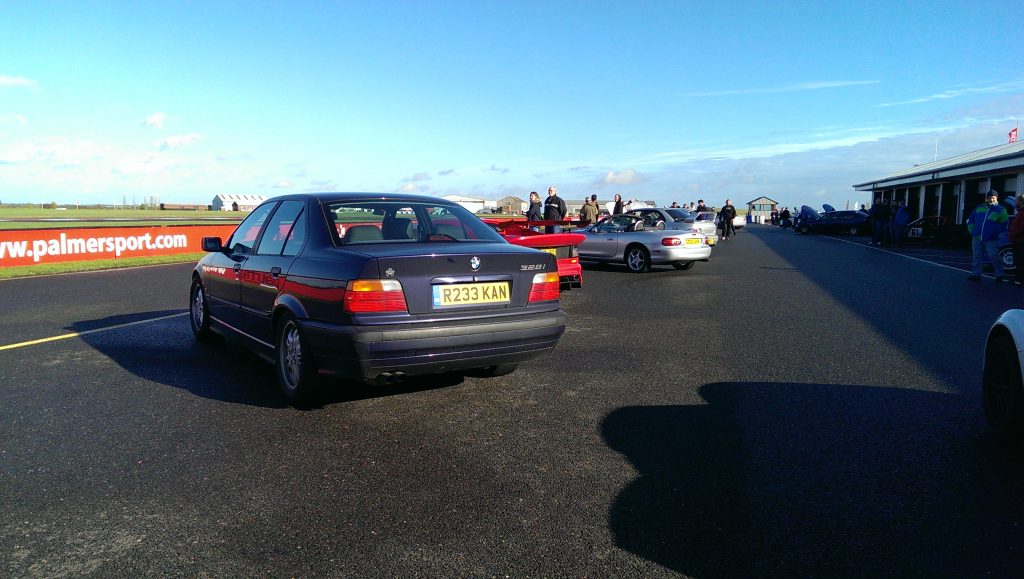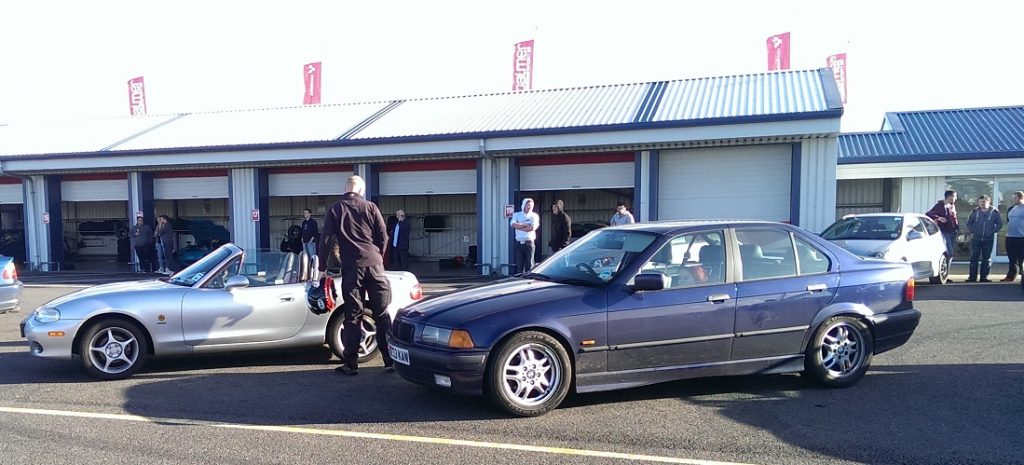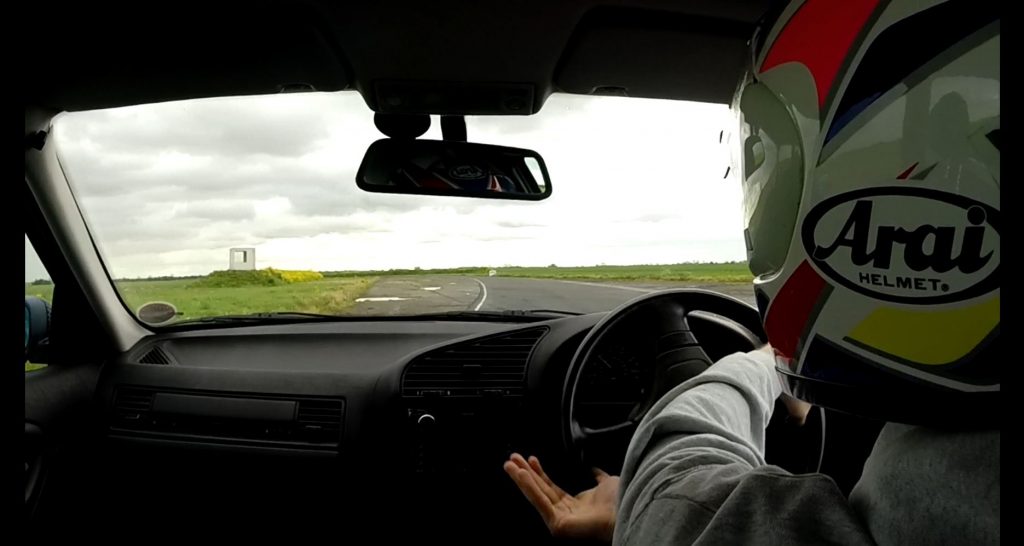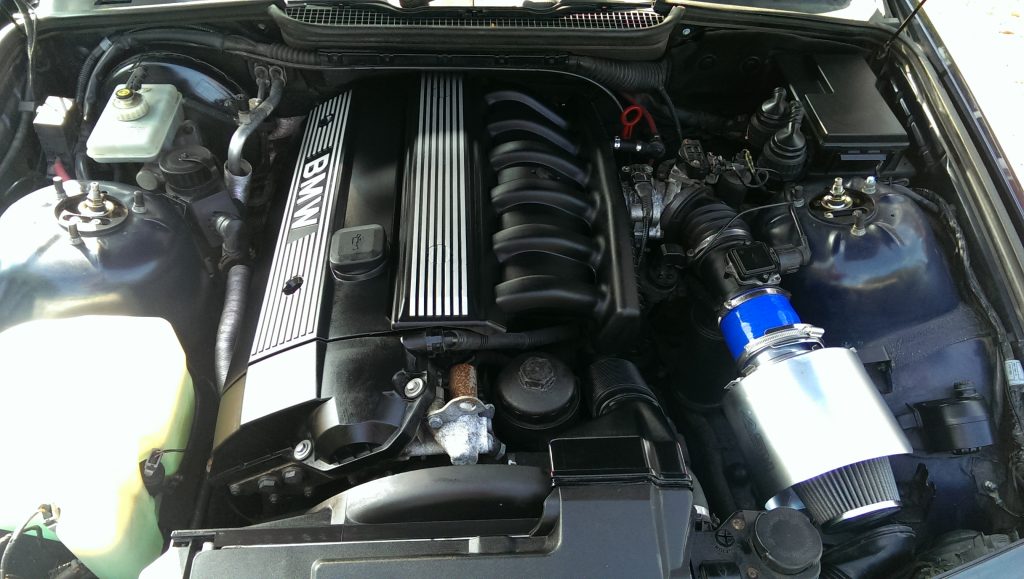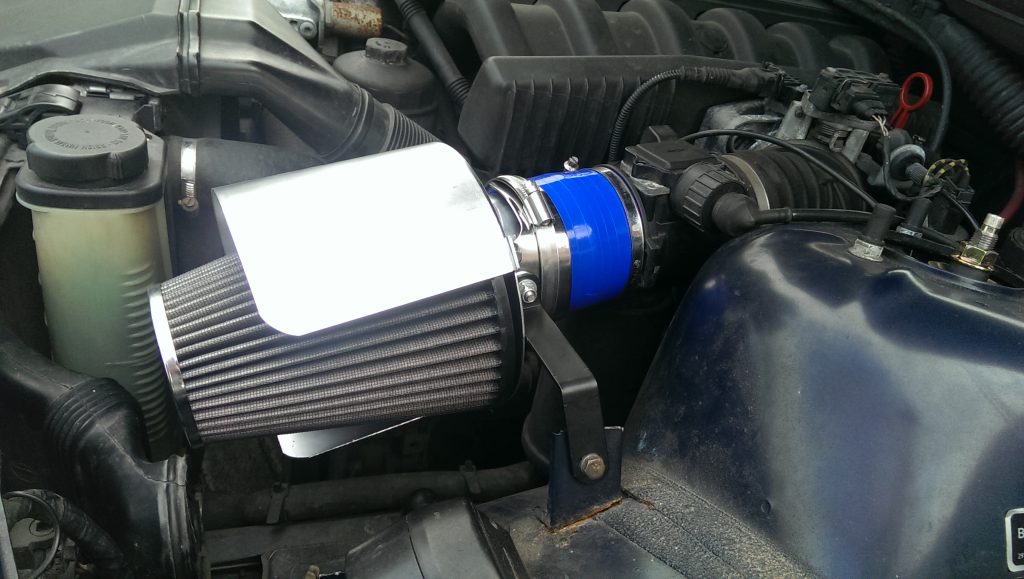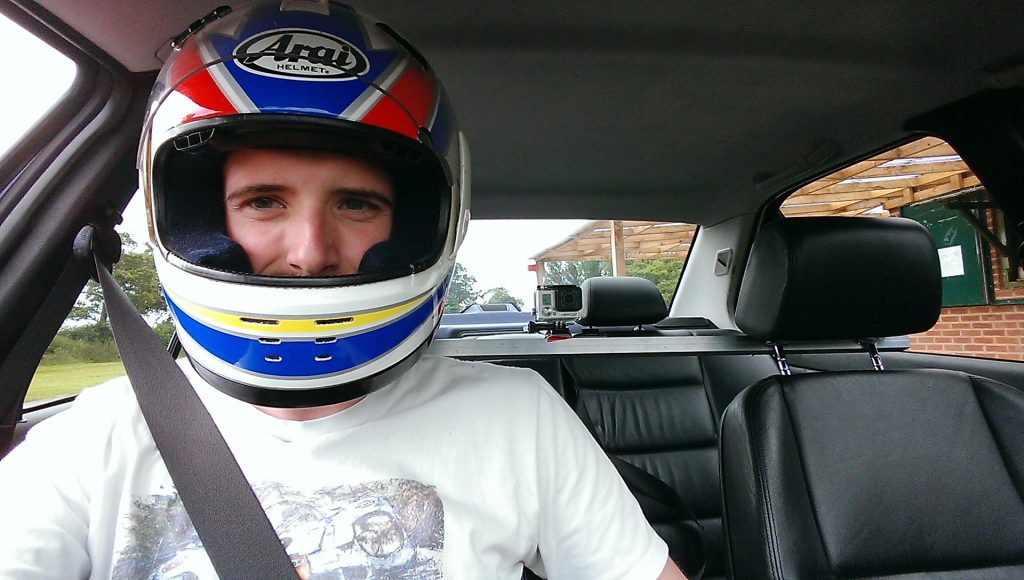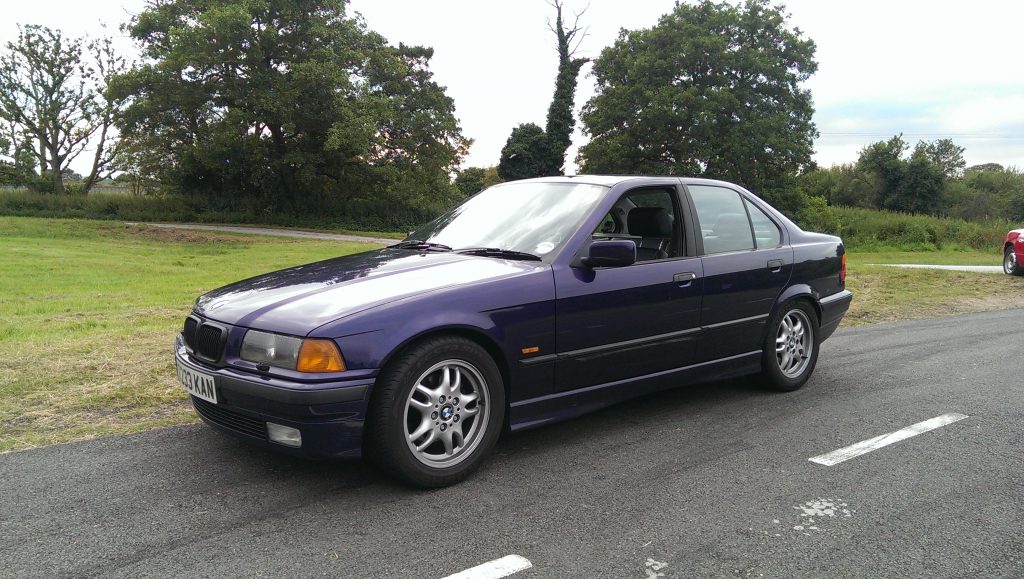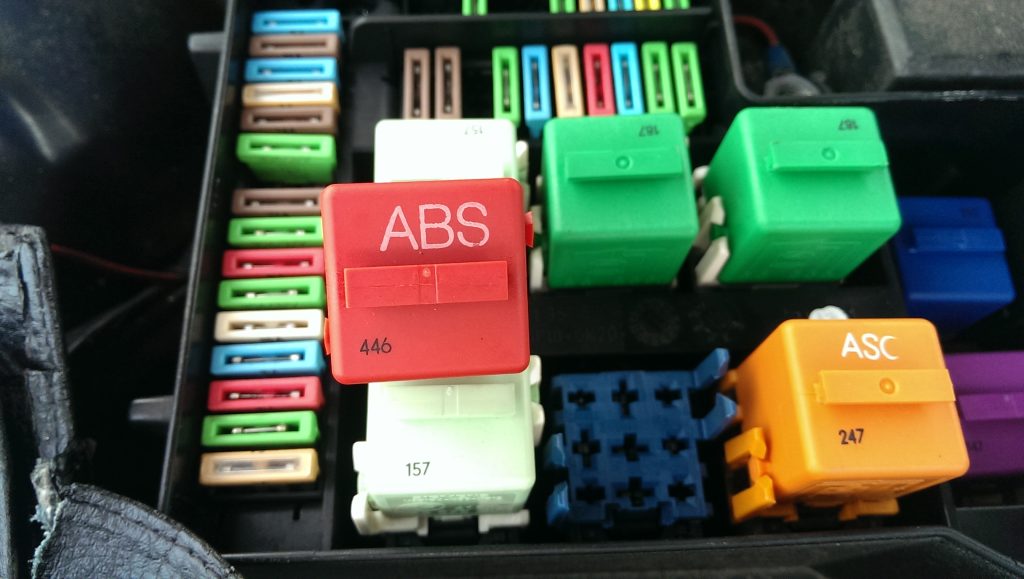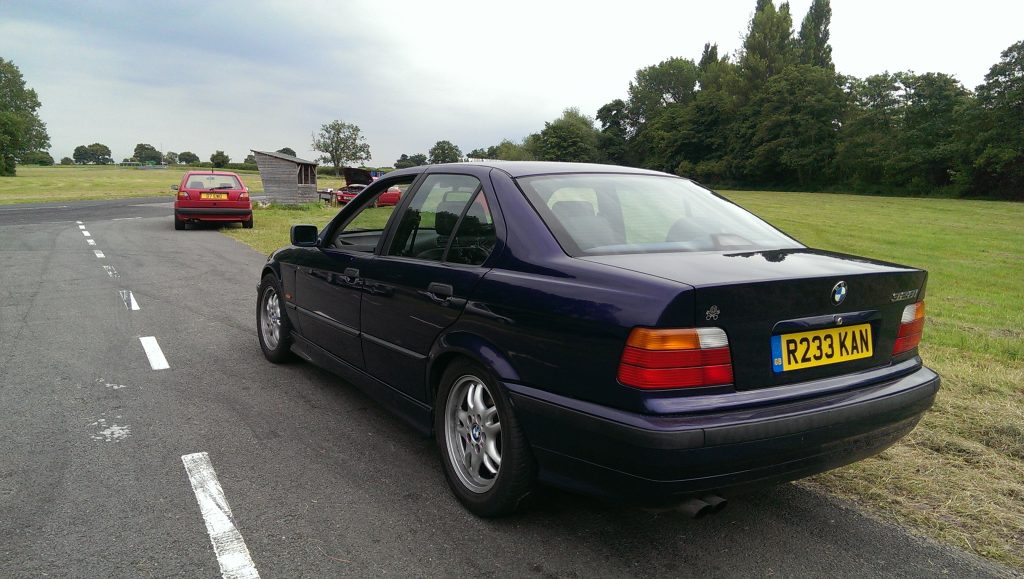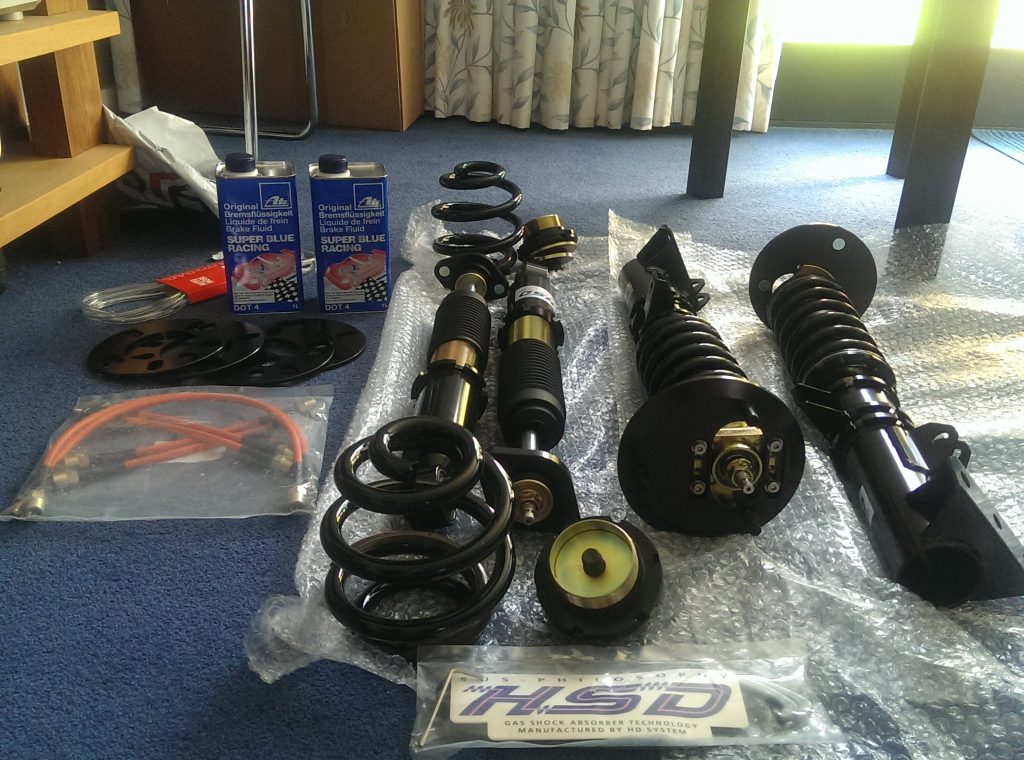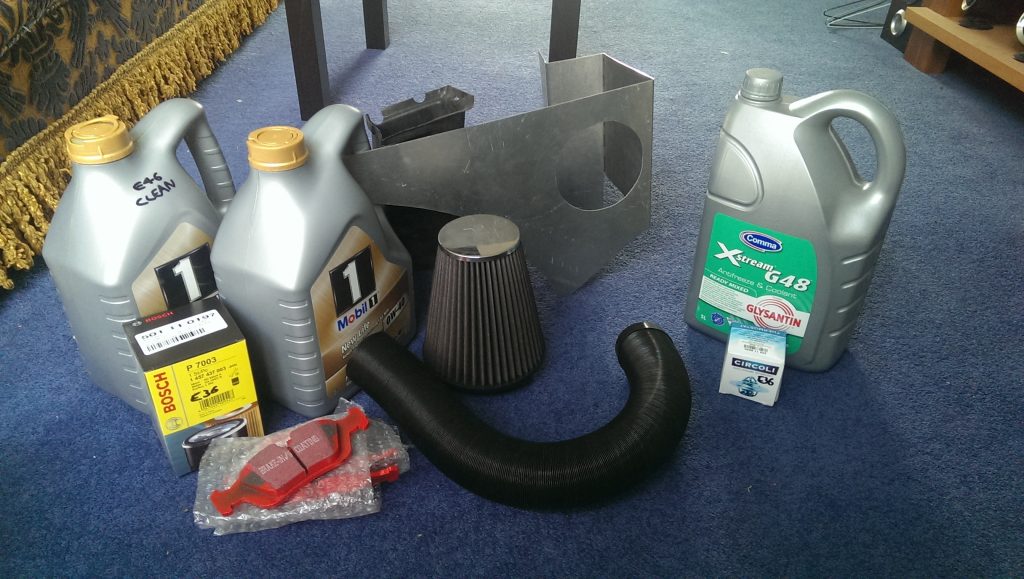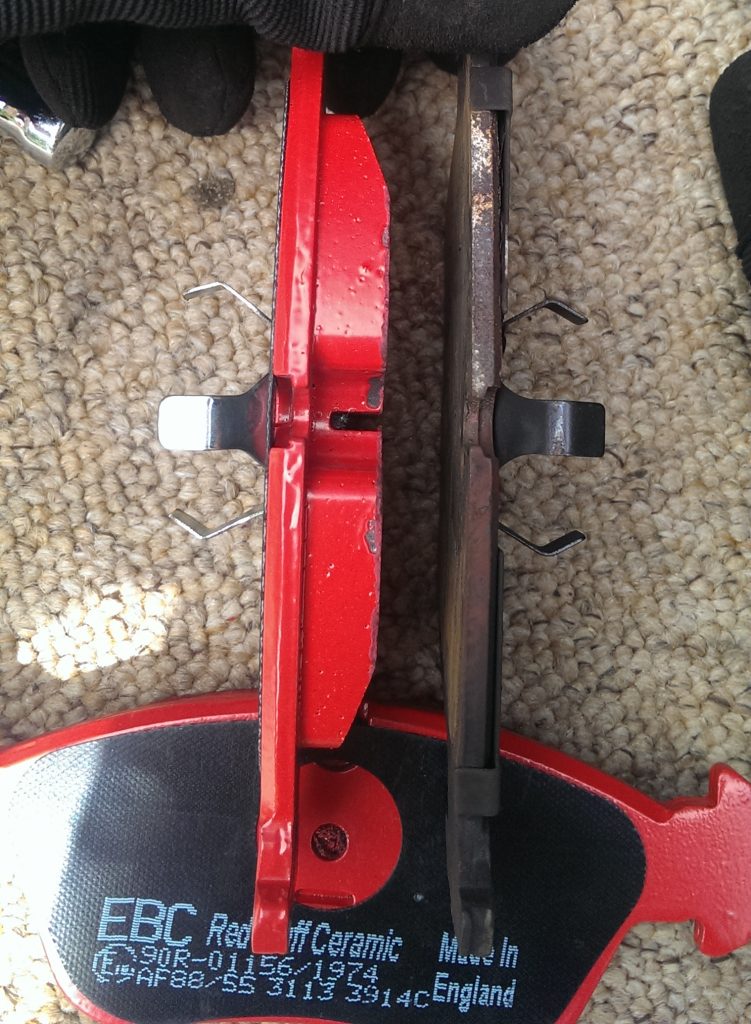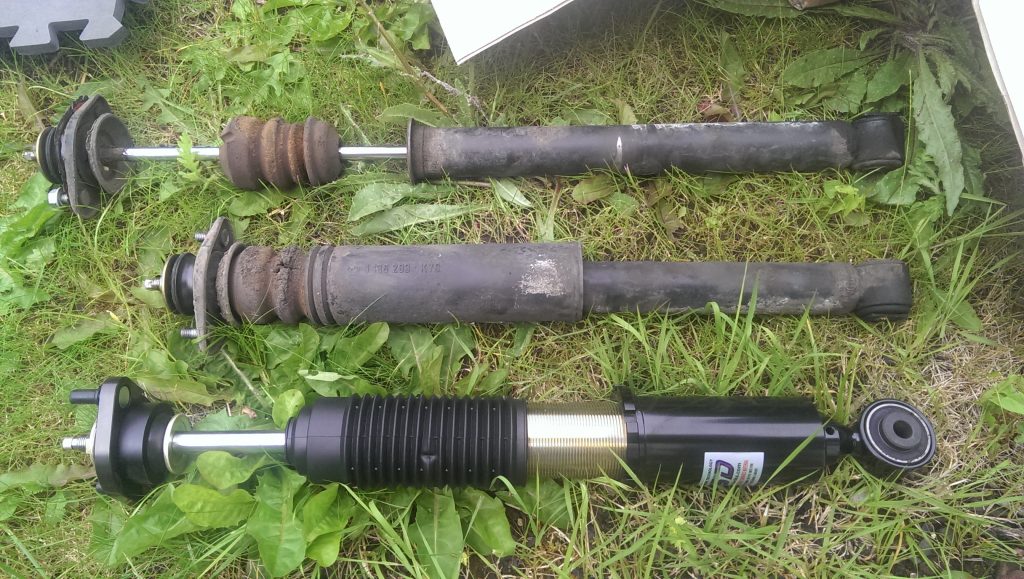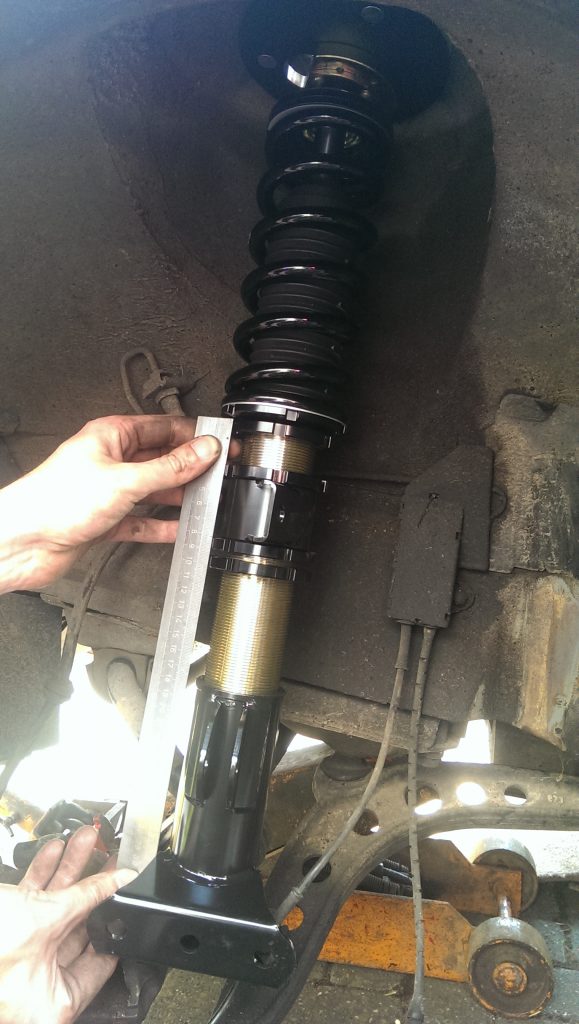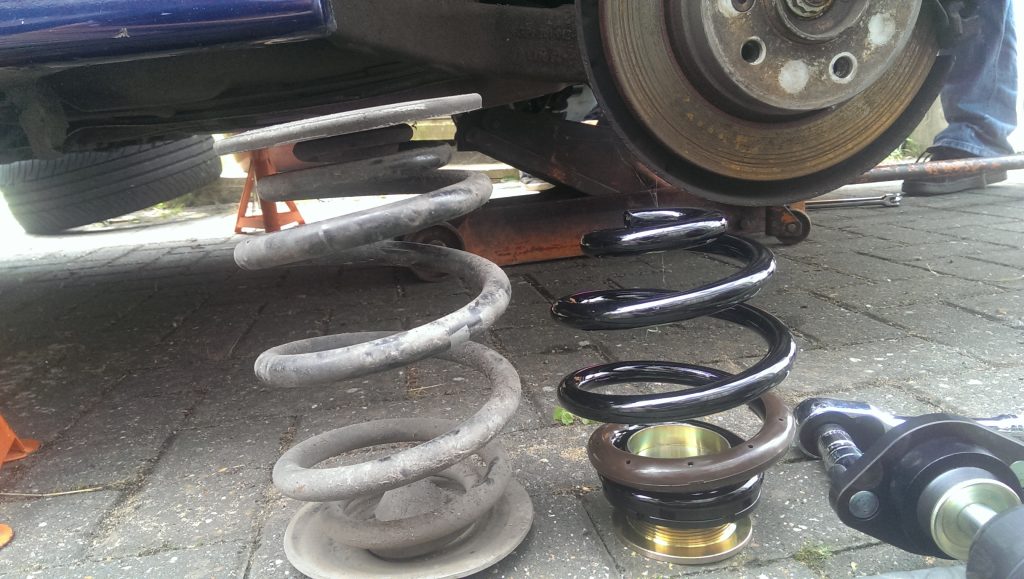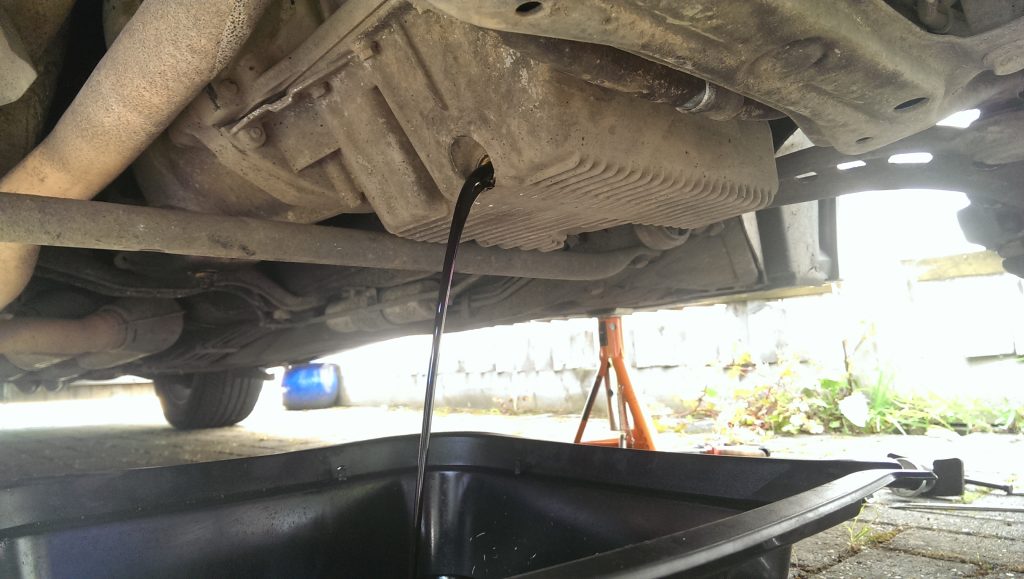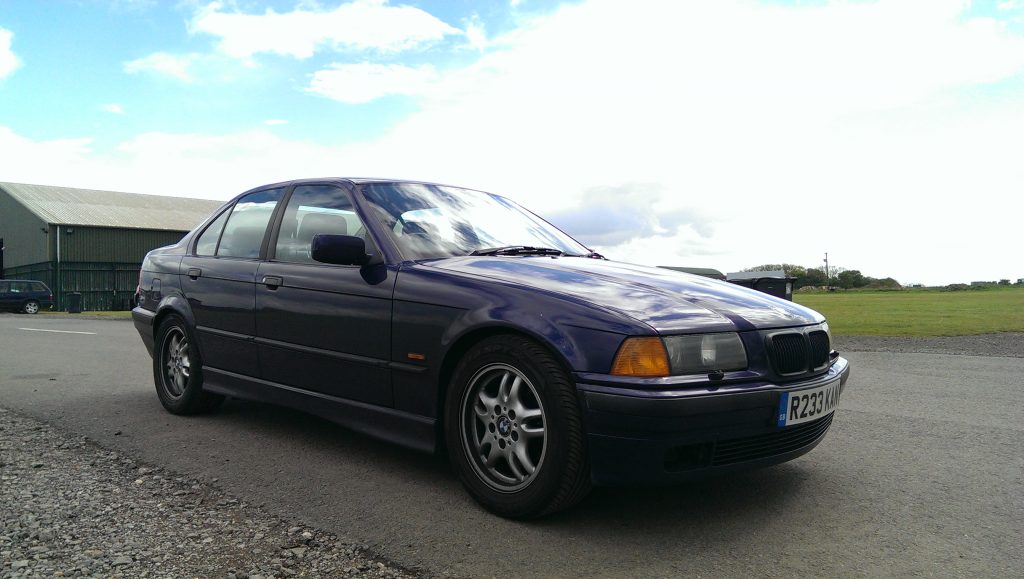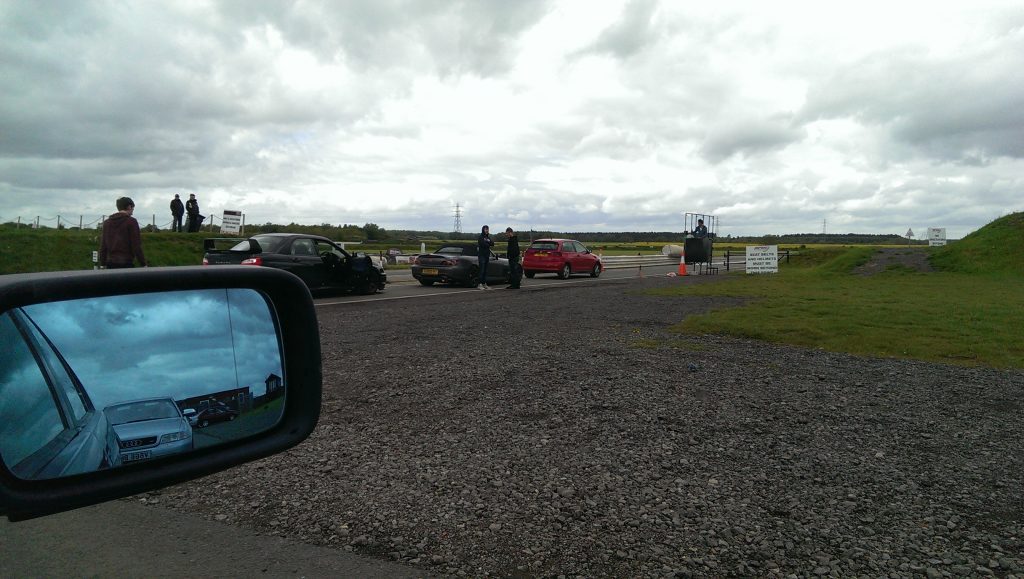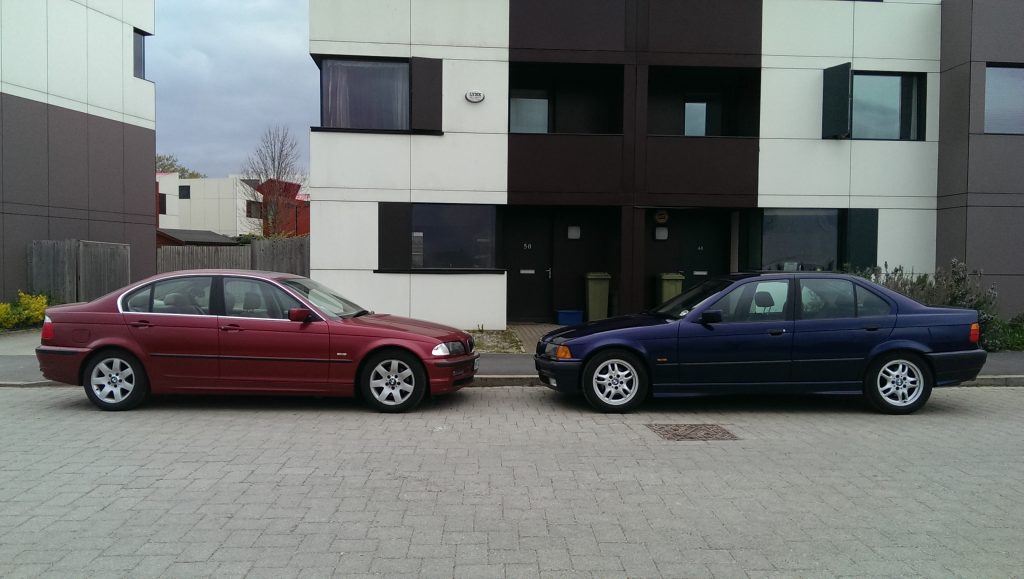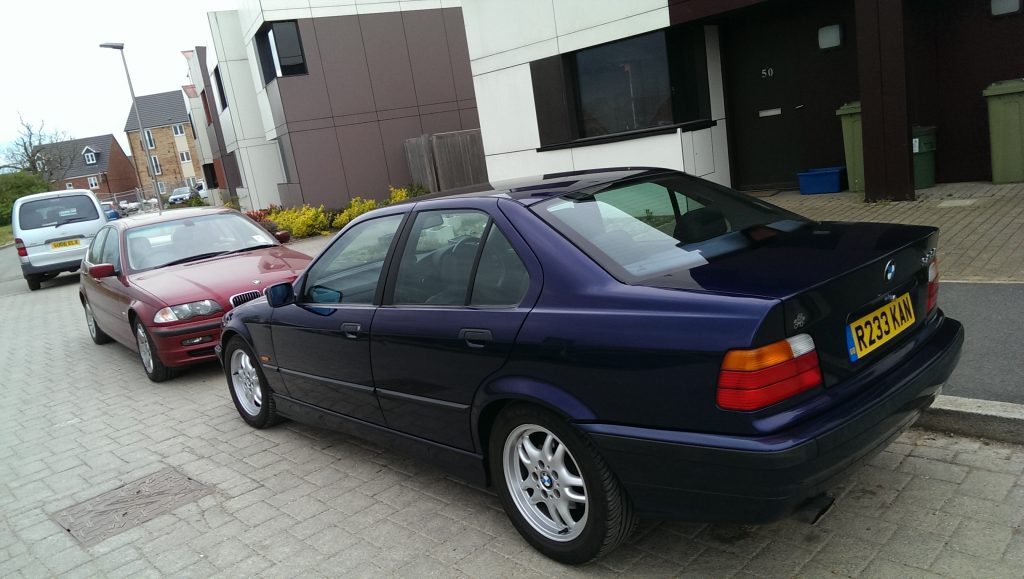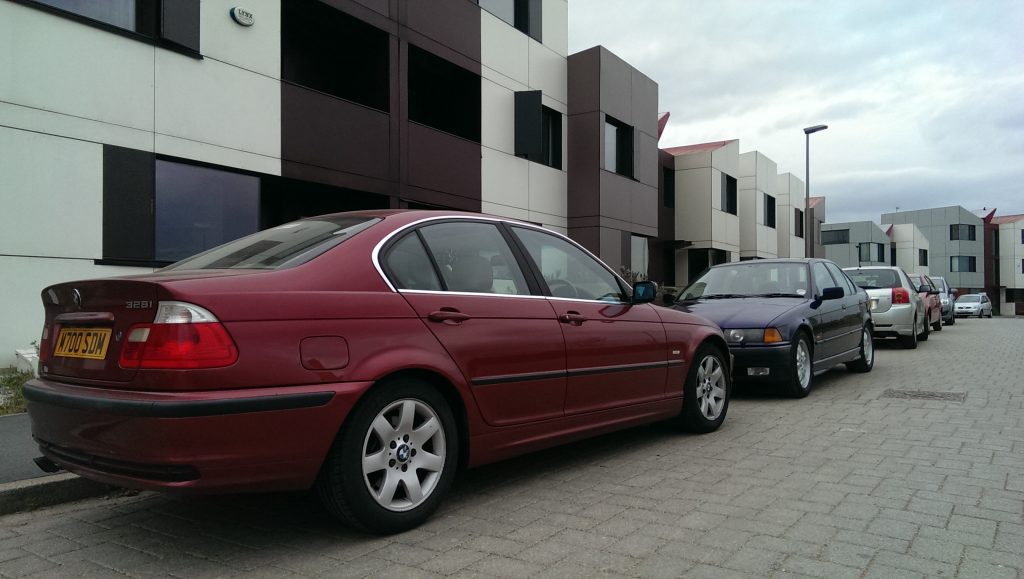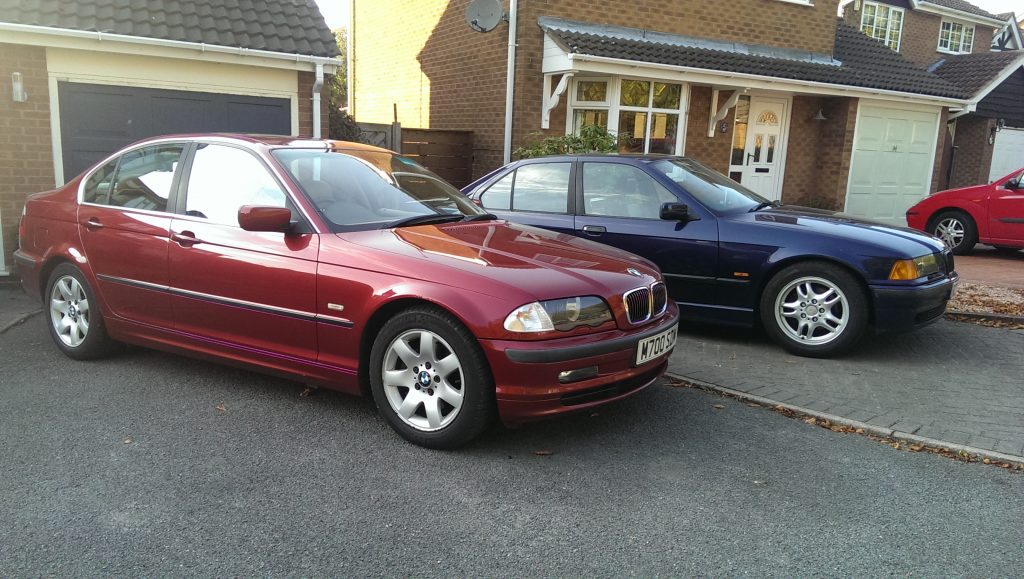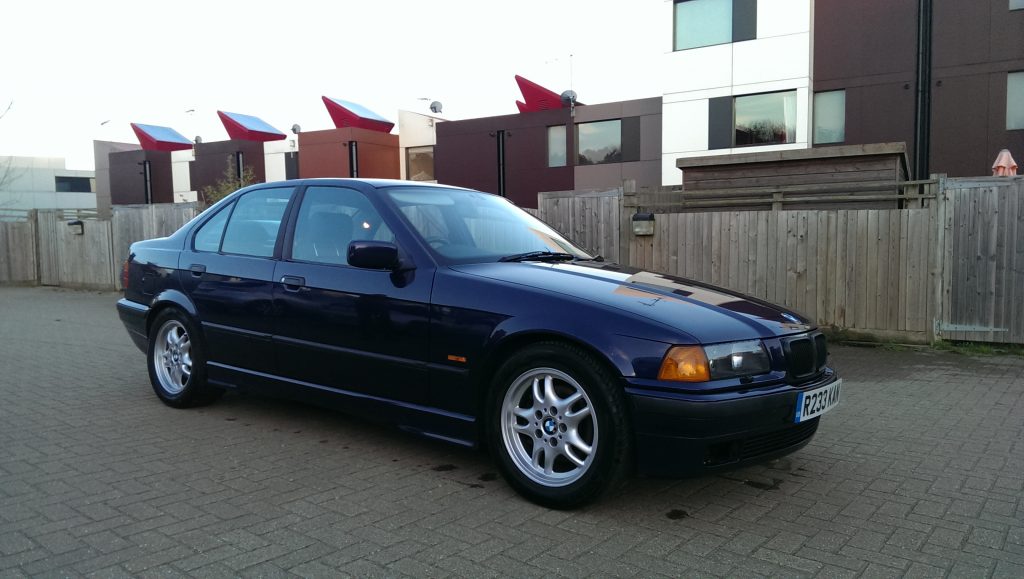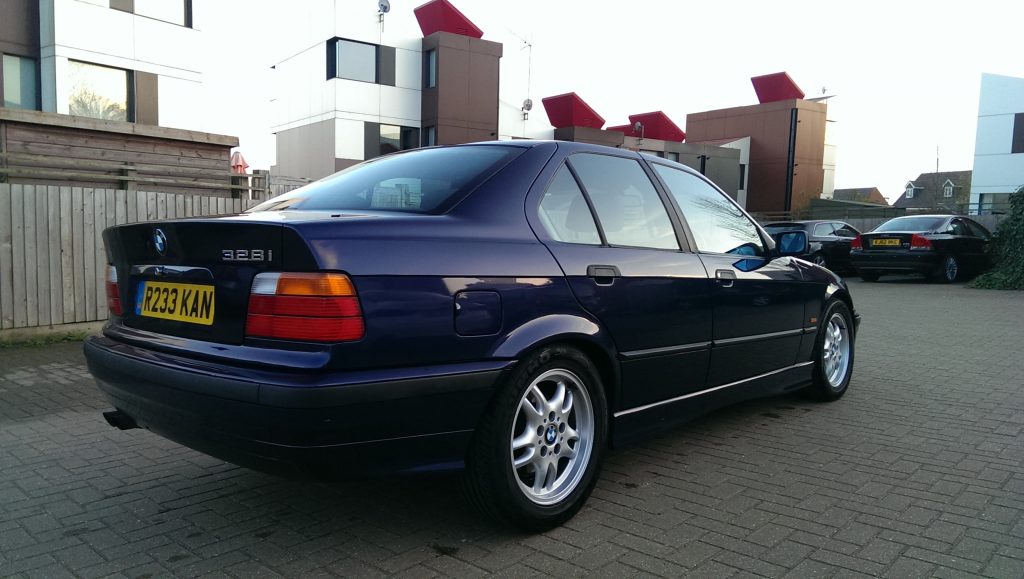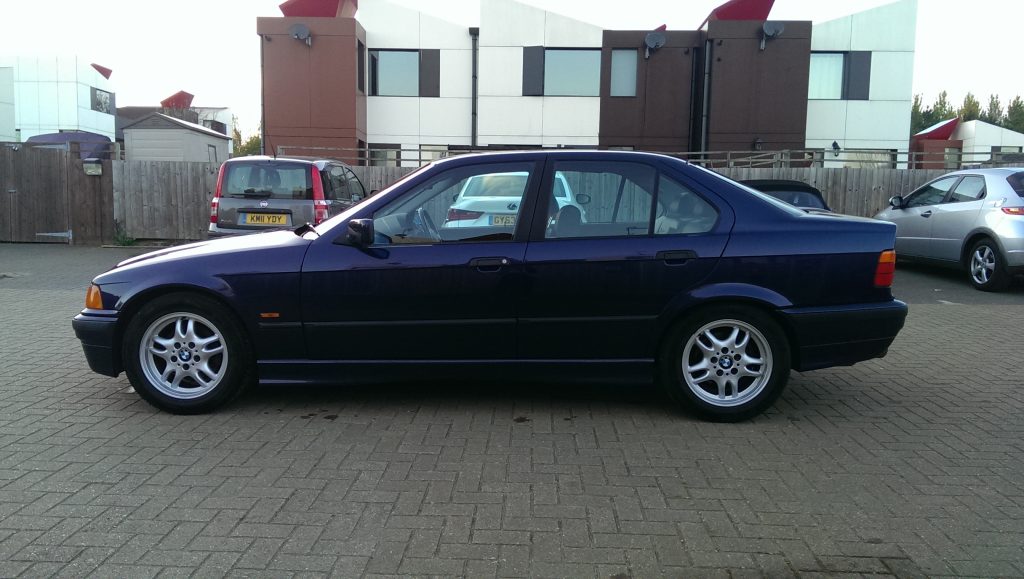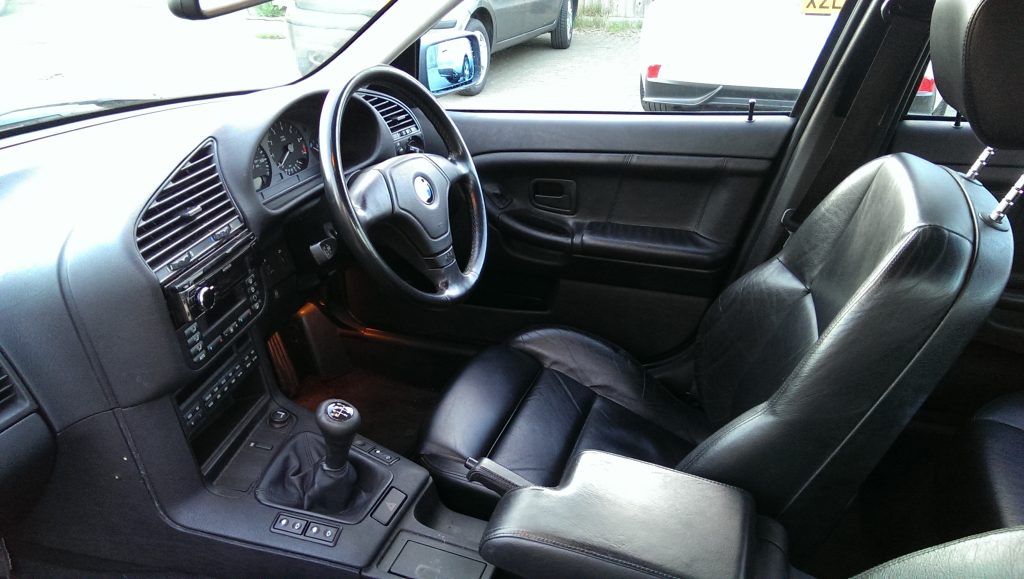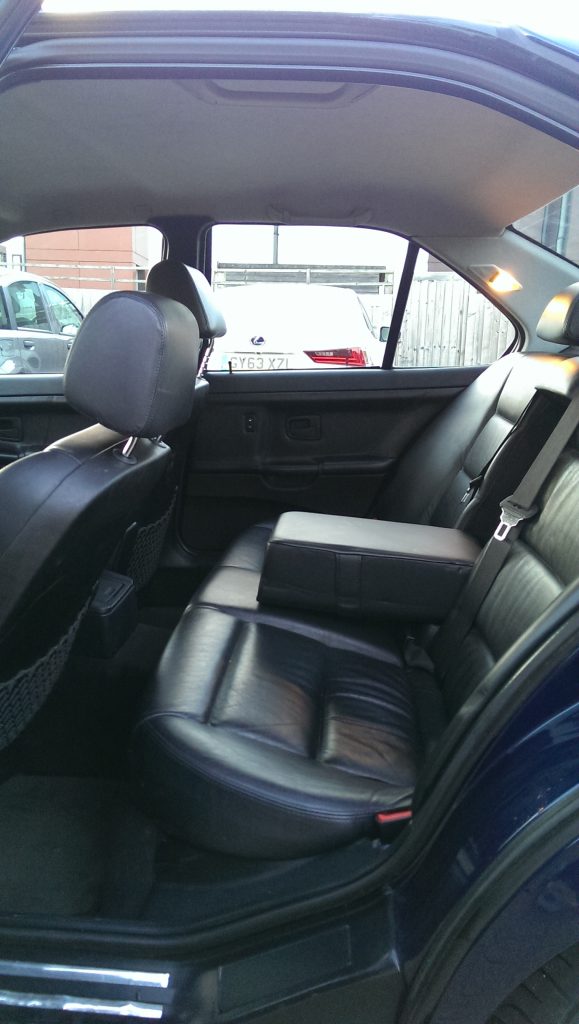What’s mine is yours, and all that…
As 2014’s three informal sprint events were finished, I wanted to get a lot more seat time and try a much bigger circuit to stretch the car a little. So on 1st November I arrived at Bedford Autodrome with my fiancée Emily for what would be the first public track day for both of us. In fact, it was Em’s first time at a road circuit at all!
Blyton and Curborough had been lovely learning experiences as I found my feet with this car, and the competitive edge of a timed run against the clock was a real rush. To really develop myself and the car, I’d need to be able to drive more consistently and for much longer, which also meant the knackered rear brakes needed attention first. Luckily, I had just the thing:
These Brembo “MAX” rear discs were quite attractive at £80 for a pair. I’ve never felt the need to spend a fortune on discs, firmly believing that they need to survive the temperatures and be round in one plane and flat in the other two. Nothing fancy required, it’s the pads that do the real work. For those, I matched the EBC Redstuff I had on the front, for only around £50.
With that done, I felt more confident in the car standing up to a full day of hard use on the circuit. So here it is, in its first ever pit lane:
The morning started off cold and a little damp, but soon dried to give us a lovely clear day of great conditions. The event (by Javelin Trackdays) ran really smoothly, with no red flags and a a few suspect drivers dealt with swiftly. I was quite happy with the balance of the car – it had perhaps a little too much understeer off-power, but as soon as you started opening the throttle it became neutral and transitioned really nicely to playing funny buggers if you so chose. That gentle understeer proved useful for tuition, and Emily acquitted herself very well for her first time on track, as you can see in the video!
It felt great to have a real open space to play. Bedford’s GT circuit links up all of the best bits of the smaller individual circuits that can be run for the (highly recommended) Palmersport event, and at four miles with plenty of runoff and no gravel traps to suck you in, it’s a lovely learning environment. Braking into a fast chicane from 120mph feels altogether more committed than second-gear Curborough.
We both came away very pleased, and the car seemed none the worse for its efforts. A more focused set of tyres was at the top of my to-do list – on the road-biased Kumhos, the car felt good and was very entertaining, but it barely rolled at all before the grip limit was exceeded much earlier than you’d expect. It felt like a good chassis being held back by its tyres, so some semi-slicks were on the shopping list.
That would be it for 2014 though, with the car resting up for the winter and the beckoning of another season.
Sam
